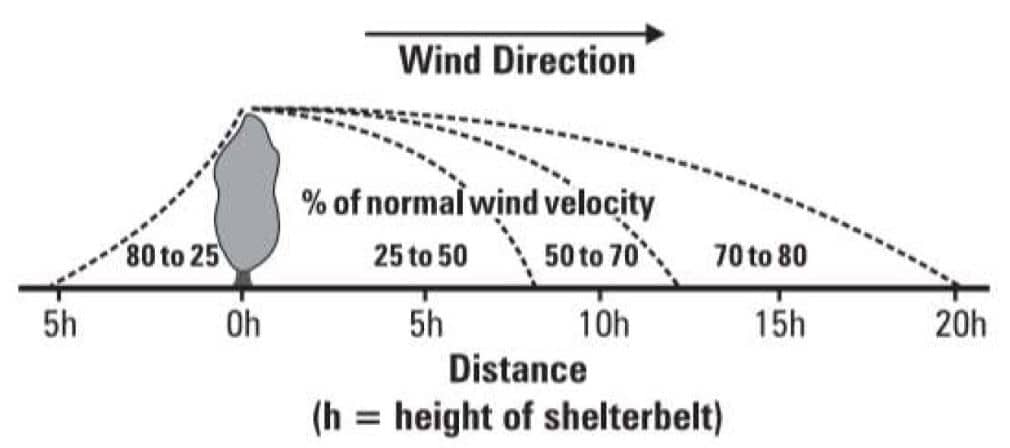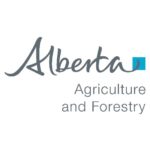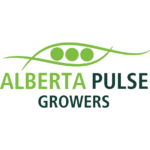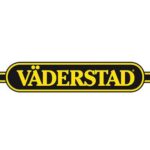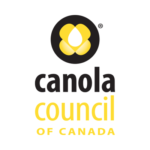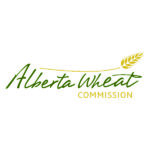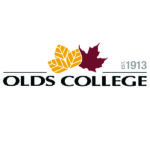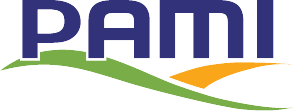Evaluating Emission Reductions & Cost Savings in Sectional Control
Sectional control is available through many different manufacturers and found as an available tool on almost all new seeding equipment. It is a technology that has been adopted by many producers to help reduce input costs and increase productivity in individual farming operations. Incorporating this technology has proven to show many benefits, unique to different operations.
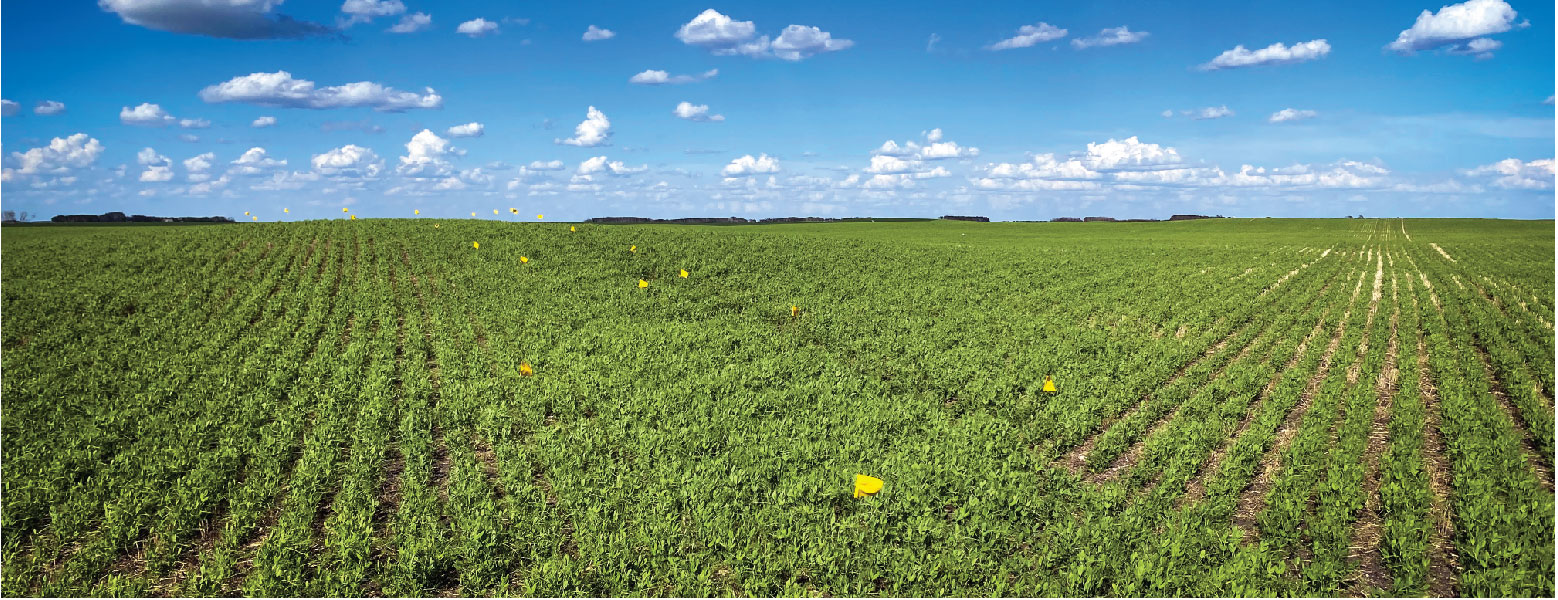
Background
Agricultural technologies have been rapidly evolving with the adaption of new, innovative ideas that lead to more productive and sustainable farming practices. These technologies have led to the use of larger equipment in Western Canada. Sectional control has also changed from manual to automatic implement shut-off options and a narrowing down to specific section sizes. Currently, the most precise automatic sectional-control technology on the market is individual opener control, which is capable of shutting off and/or varying the product (seed, fertilizer, etc.) being sown from the machine and raising individual openers out of the ground over previously seeded areas.
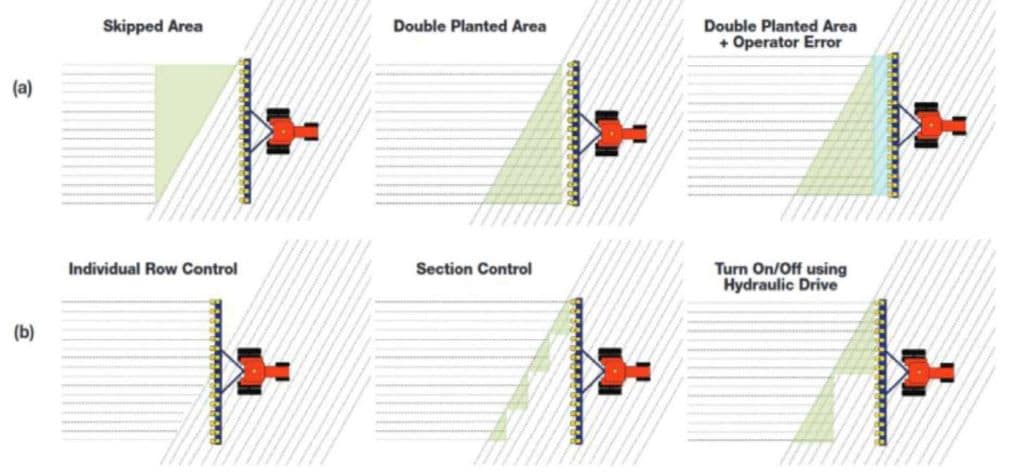
Brooke, 2014).
Automatic sectional control technology first appeared on the market around 2008 and has since made its way onto many Canadian farms. Across Western Canada, it is not uncommon to find misshapen field boundaries as well as in-field obstacles (tree bluffs, sloughs, rock piles, etc.). These obstacles lead to a greater opportunity for seeding overlap, as the equipment operator must maneuver around these points. To manage this overlap, manufacturers have made this technology available on most sowing equipment.
To reduce input costs and economic losses, overlap has been the main focus of sectional control. Seeding a previously seeded area can result in adverse effects. During seeding overlap the soil, where the seed and fertilizer are already in place, is disturbed when the openers are dragged through. As well, nitrogen fertilizers have been related to nitrous oxide (N2O) emissions, which could potentially leach into the soil and run off into water systems. By reducing overlap, better nitrogen management is established, making it possible to mitigate potential losses while also achieving a net benefit for the environment.
Objective
This project involved conducting a literature review of currently available original equipment manufacturer (OEM) and aftermarket (AFT) sectional control technologies for air seeders, drills, and sowing equipment available in the Canadian Prairies.
Overlap effects
Input costs
Farming inputs account for a very large portion of the total costs for an operation. Farmers spend a lot of time and consideration choosing the best products for their farms; however, these do not come free. Seed, seed treatment, fertilizer, herbicide, fungicide, and insecticide are a few main inputs that are common across most Western Canadian farms. There are many publicly available sources of up-to-date farming production costs to help producers better understand total inputs and to estimate cost savings from overlap reduction, such as Alberta Agriculture and Forestry (Alberta), The Crop Planning Guide (Saskatchewan), and Crop Production Costs (Manitoba). The cost benefits vary based on field complexity (e.g. a perfectly square field will show less of a benefit than a misshapen field with many obstacles).
There have been many claims in the industry regarding savings when using overlap technology, which has been mostly generated by producers. Though it is very difficult to measure precise savings of sectional control technology due to the many unique field situations, the common result is that when used and managed properly, sectional control can result in cost savings.
Crop effects
Double inputs can have certain negative effects on the crop. Excessive seed population as well as product application can negatively affect some sensitive crops, which typically reduces yield (Deere & Company, 2020). Too much fertilizer can lead to green seed as well as lodging. When a crop lodges, it creates difficulty during harvest, which can ultimately lead to crop being left in the field after harvest. Also, higher seeding rates can increase plant density and create a warm, humid environment that is more susceptible to disease development. Due to this, spray timing is a risk, as the producer may miss the optimal spray window because of disease development timings. By reducing overlap, one can assume greater field uniformity and ease of spray and harvest timing decisions, both of which would provide the producer with a higher-yielding crop and improved return on investment (ROI).
Environmental effects
Overlapping can increase some negative environmental impacts. Mobile nutrients in fertilizers (i.e., nitrogen in the NO3– form), as well as some forms of herbicides, move with water. If a product is overapplied and the plant does not take it in, the nutrient can leach into groundwater and other water systems causing detrimental effects on the water chemistry as well as eutrophication. In overapplying products, what is not used by the established plants will be left in the soil or moved through to other areas via waterways.
To improve field efficiency, many producers look to remove these obstacles as opposed to being forced to manoeuvre around them (removing rock piles, draining sloughs, cutting down tree bluffs, etc.). These areas provide habitat for pollinators, predators, and parasitoid insects, which increases overall biodiversity (bees, bats, birds, butterflies, small mammals, etc.).
These obstacles also play a role in how the field responds to weather events, depending on size. Tree bluffs or “shelter belts” are great for capturing moisture, shielding winds and hail, as well as reducing the risk of erosion with extensive root systems. Yield has been shown to increase with more non-crop land cover within or near these boundaries (Galpern, Vickruck, Devries, & Gavin, 2019).
Conclusions
Sectional control is available through many different manufacturers and found as an available tool on almost all new seeding equipment. It is a technology that has been adopted by many producers to help reduce input costs and increase productivity in individual farming operations. Incorporating this technology has proven to show many benefits, unique to different farming operations.
When overlap is decreased on farm, there is an opportunity to realize potential cost savings mostly in the form of reduced inputs. The cost calculations in Table 12 were taken from the Saskatchewan 2020 Crop Planning Guide (Saskatchewan Ministry of Agriculture, 2020). The associated costs used for these calculations include general field inputs for a variety of crop types in three soil zones. These include the average cost of seed, fertilizer type, equipment specifics, and other factors. A spreadsheet with greater detail is available for download from the Saskatchewan Ministry of Agriculture input specifics and can be found HERE.

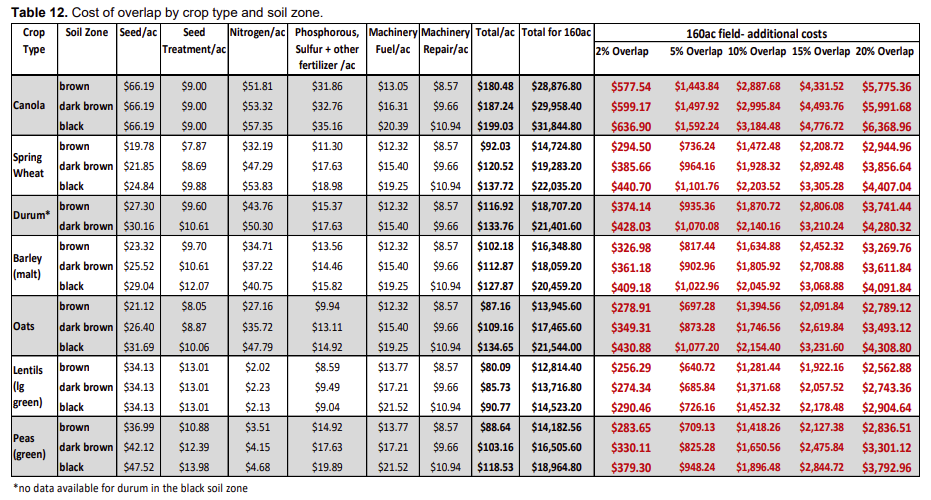
A calculation was done to compare total overlap recorded in the field versus overlap recorded from the monitor (calculated on the QGIS program). As there was no monitor data from the third cooperator (with 84-ft implement), these results were calculated in terms of overlap per foot of the average for the 60-ft and 100-ft equipment only. These represent overlap measurements in a 160-ac square field with different scenarios of additional interior obstacles passes and different implement widths (Table 4 and Table 5). The results identified that there was a difference between what the monitor was showing and what was actually happening in-field (the actual field measurements were greater than what was being displayed on the monitor.)

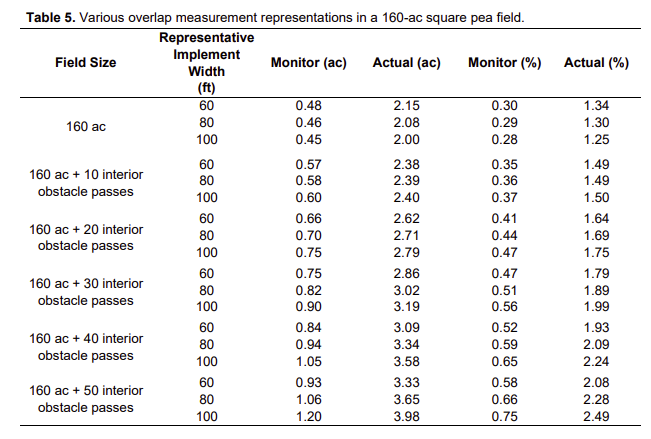
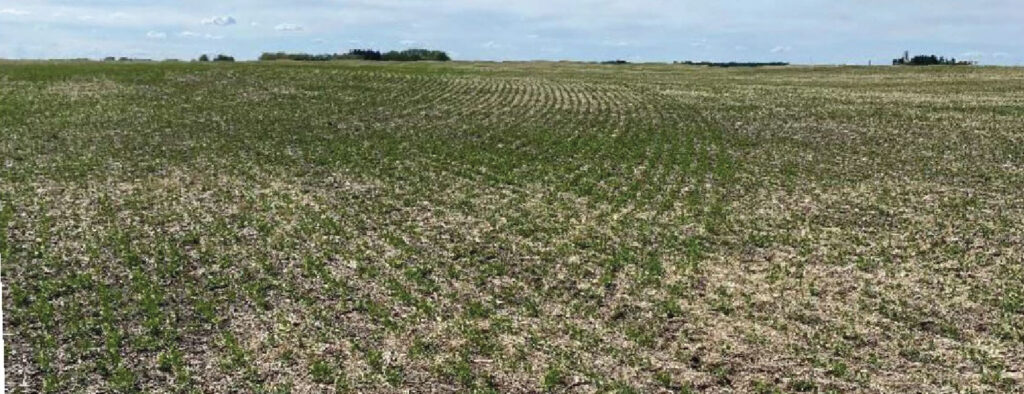
The Prairie Agricultural Machinery Institute (PAMI) would like to acknowledge the following contributors as well as cooperators and partners for their donation of labour and resources.
